Jack Flaherty
July 10, 2024
Right Handed Pitcher
Detroit Tigers
Overview
Jack Flaherty is experiencing his best season since 2019 where he finished 4th in Cy Young voting with the Cardinals. After a somewhat solid 5 years with St Louis, he battled injury during the 2022 season where he only appeared in 6 games, pitching 36 innings. The next year he was traded midseason to the Baltimore Orioles. He struggled heavily in 2023, finishing with a 5 ERA, giving up 10 hits and 4 walks per 9. In 2024 he has found his stride again. Up to the all-star break he is sporting a 3.13 ERA and an incredible 0.98 WHIP, influenced by his outstanding walk rate at only 1.5 walks per 9. Based on his percentiles he is one of the most reliable starters in 2024. His Whiff %, strikeout %, and walk % all sit at the 94th percentile at 33.3%, 32.1%, and 4.3% respectively. Although his barrel and hard hit rates sit right around league average, his FIP and xERA sit at only a 0.04 and 0.22 difference from his ERA respectively, indicating his numbers accurately represent his performance and there isn't a big concern for regression. Utilizing data from Baseball Savant, visuals were created using R to attempt to determine why he has been so successful this season. I took notice of two key components. First is his adjusted pitch mix. He has completely ditched his cutter and started using his slider at a much higher rate. Second, it appears he has increased his confidence and ability to throw any pitch in any count. I also identified an area that he can improve on concerning his fastball usage.

Figure 1
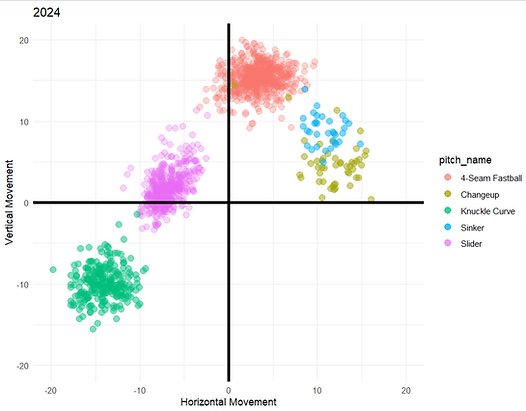
Figure 2
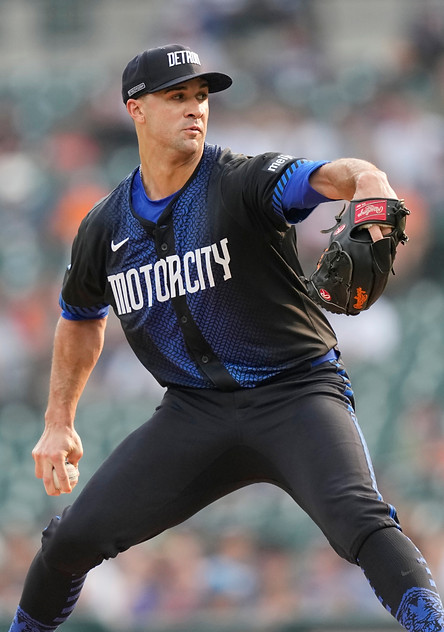
Pitch Mix
Flaherty made a slight but extremely impactful adjustment to his pitch arsenal. In 2023, he sported a mix of 6 pitches: a 4-seam fastball, slider, knuckle curve, cutter, changeup, and sinker. His pitch usage came in at 42%, 24%, 19%, 9%, 3%, and 2% respectively. In 2024 Flaherty made the critical decision to eliminate his cutter and increase his slider usage by 7%. This small change increased the effectiveness of his remaining pitch repertoire, especially his breaking stuff, pushing them into an elite category going from a run value of -5 (16th percentile) to 8 (95th percentile). Before this adjustment, both Flaherty’s cutter and slider were getting hammered. His slider was getting hit for a .339 opponent batting average and a .558 slugging percentage and his cutter was at .318 BA and a .545 SLG. After eliminating the cutter, opponent's results on his slider dropped to a .204 BA and a .416 SLG. Also, the whiff rate on his fastball increased by 5%, the slider increased by 12%, and curveball increased by 4%. From my perspective, the reason that these pitches were getting hit so hard is because they were blending together. Figure 1 displays a movement chart of each of his pitches from 2023. As you can see the cutter was almost overlapping the movement pattern of his slider. Because of this hitters did not have to make large adjustments when seeing the slider, cutter, or even fastball. There was not enough movement between pitches to fool batters and produce whiffs. Looking at Figure 2 displaying the movements of his pitch mix in 2024, there is greater separation between his three main pitches. With how consistent his release point is and how well he is able to tunnel his pitches, this separation works to his advantage as it creates more of a guessing game for the hitters.
Pitch Confidence
One of Flaherty’s biggest strengths is his confidence in his secondary pitches. Based on usage, he has shown that he believes in his slider’s ability to get swings and misses. When he falls behind in counts, he throws his slider just as much as his fastball at 42.3% and 43.1% respectively. He also throws his slider an astonishing 50% of the time in 3-2 counts. This also plays off of the fact that he is able to throw it so accurately. As you can see from Figure 3, he is able to place his slider just below the zone resulting in a swing % of 51.4, his most out of all pitches. Flaherty displays his confidence in his fastball, throwing it in the zone 52% of the time when he is ahead in the count. He primarily uses his knuckle curve as his waste pitch when he is looking for a chase. When the count is 0-2, he goes to his curve 30.7% of the time. However, that usage percentage drops once the count gets to 1-2 (23.5%), 2-2 (23.7%) or 3-2 (7.3%). Figure 4 displays his knuckle curve usage in 0-2 counts. As you can see, his focus with this pitch is to get a big chase as he throws it out of the zone more than any other pitch at 41.6%. Although Flaherty rarely throws his changeup, he uses it as a groundball pitch getting a 71.4% groundball rate.
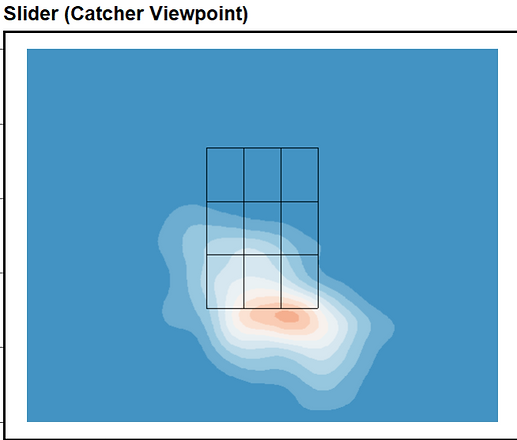
Figure 3
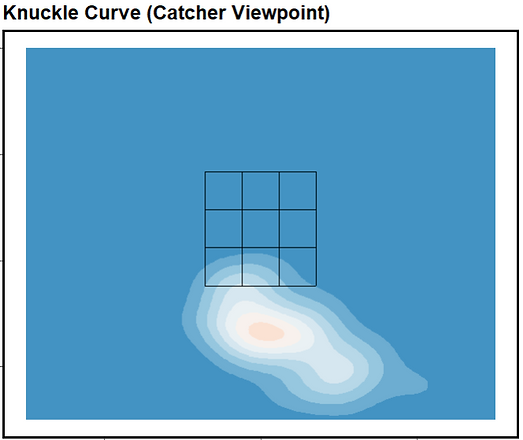
Figure 4
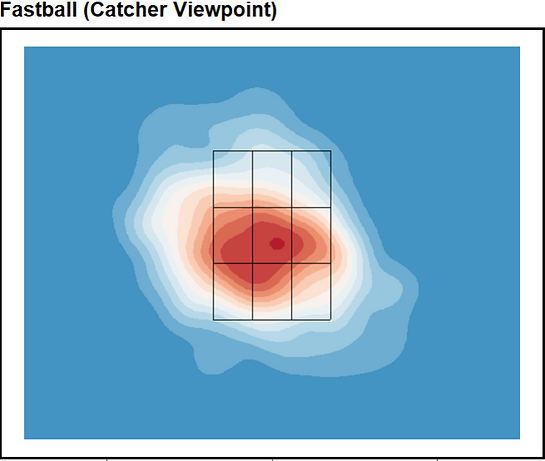
Figure 5
Suggestion
I believe I have identified a potential way that could help make his fastball even more effective than it has been so far. Looking at Cubs left-hander Shota Imanaga really quick, the largest component to his success is his ability to throw his fastball up in the zone and have extremely good control over his off speed. Both Imanaga and Flaherty have an extremely low release height of around 5.4 ft with a high induced vertical break and low horizontal break. These factors create the perfect illusion of a “rising fastball” which has led to the massive success of Imanaga. As Figure 5 highlights, Flaherty tends to leave his fastball more toward the middle of the zone than he needs to. I believe Flaherty could see even more success through whiffs if he started throwing his fastball higher in the zone.
Conclusion
Jack Flaherty’s resurgence in 2024 can be attributed to a pivotal adjustment in his pitch mix and increased confidence across the board. By eliminating his cutter and upping his slider usage, he has enhanced the effectiveness of his breaking balls, creating greater separation between pitch movements and making it more challenging for hitters to adjust. His exceptional control and ability to throw any pitch in any count have also played a key role in his success.
However, I believe there is still room for improvement. By adopting a strategy similar to that of Shota Imanaga and throwing his fastball higher in the zone, Flaherty could further increase his whiff rate and overall effectiveness. With these continued adjustments and strategies, Flaherty has the potential to maintain his status as one of the more reliable starters in the league.